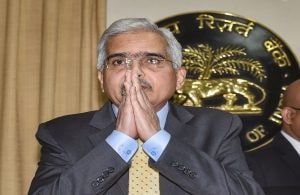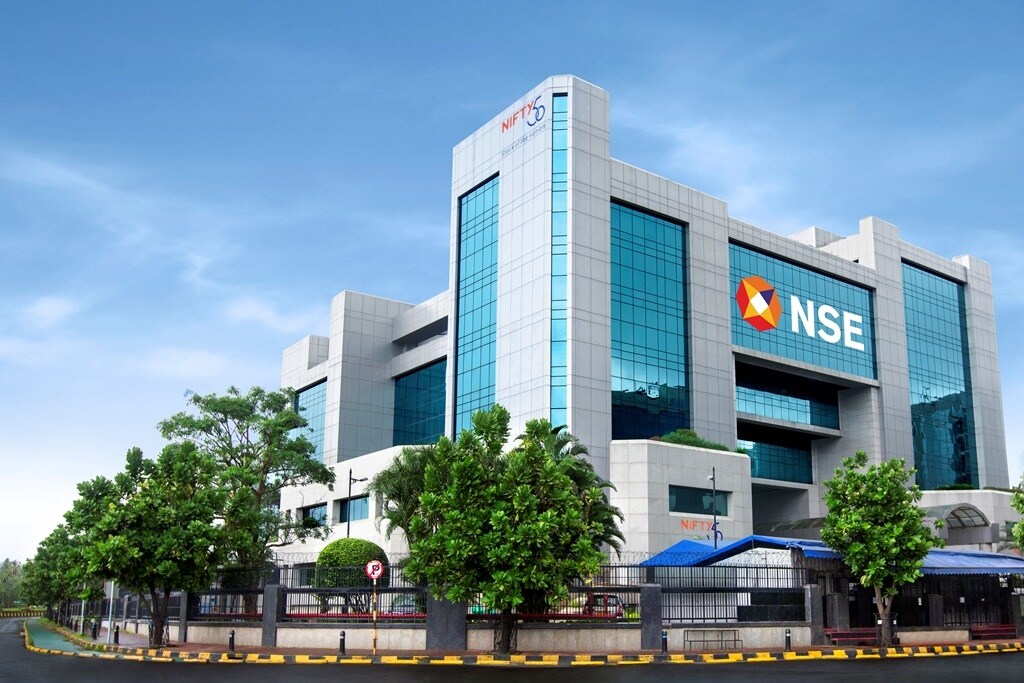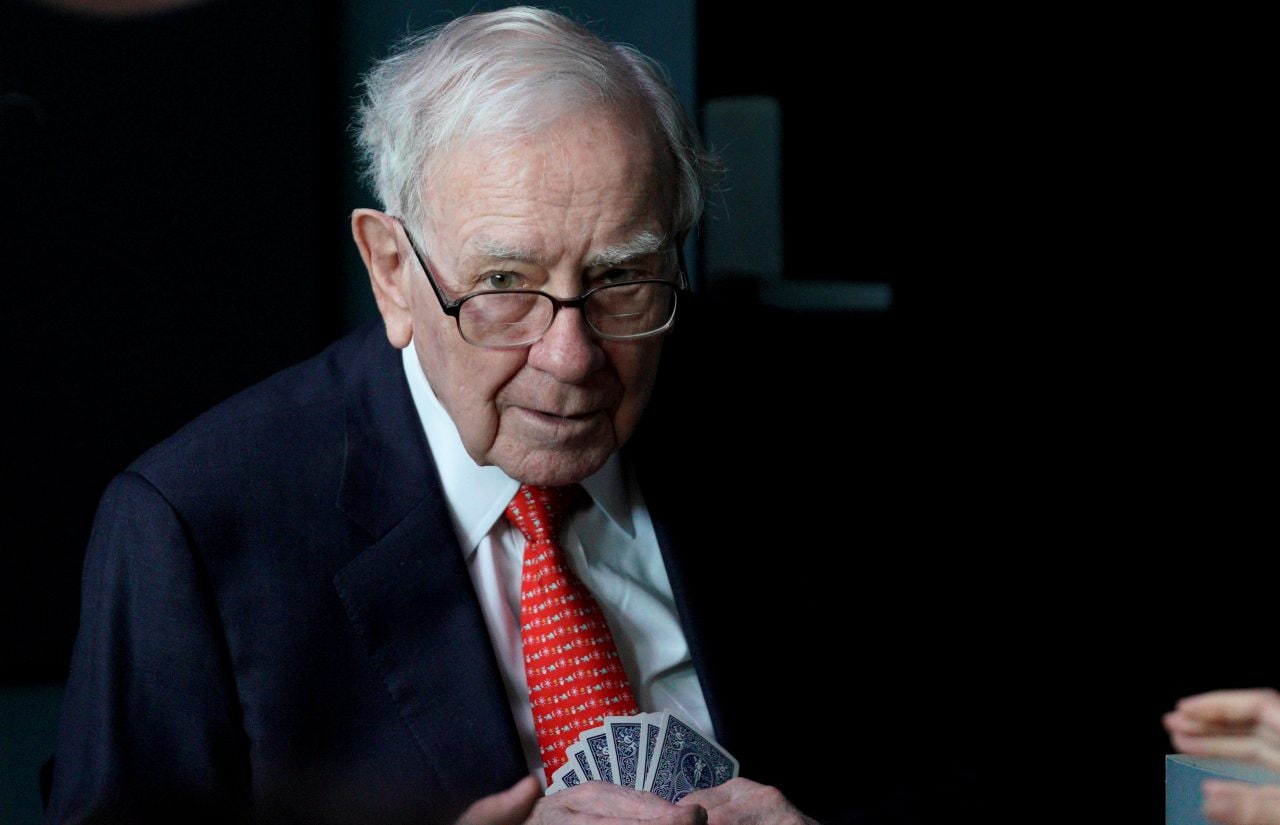Valuations getting stretched, need to be selective; financials look good, says market expert Punita Sinha
Summary
The rally has led to some valuations getting stretched. So one needs to be selective. Regardless of what happens in India, global liquidity and any reduction of global growth or any reduction in global liquidity will also impact India in some fashion, said Punita Kumar Sinha of Pacific Paradigm Advisors.
Indian equities scaled new peaks, with the Nifty closing above 17,100 — this is the Nifty’s fastest 1,000 points gain. The BSE Sensex also surged to a lifetime high, above 57,500. The two indices gained over a percent each today, with August turning out to be the best month for the benchmarks in the last nine months.
The last time markets saw a 10 percent correction was in May 2020 and since then markets have risen nearly 80 percent without a meaningful correction.
CNBC-TV18 spoke with Punita Kumar Sinha, Managing Partner at Pacific Paradigm Advisors, to discuss more about the markets and the way ahead. She is also the Chairperson of INCRED.
Also Read: Barbeque Nation in focus, here’s why
Sinha is of the belief that it is the global liquidity that has really been very critical in driving the markets up because if one looked at the fundamentals, the economies were all seeing downgrades – on GDP, on earnings, there were supply-side issues, and demand was weak. So there were a lot of concerns, but global liquidity really did inflate a lot of asset classes and equity markets across the world rose.
According to her, the situation we are in now is that while the fundamentals are improving, growth has really improved and picked up, valuations are reaching quite stretched level in some select areas and liquidity while is strong, there may be some debate on whether it needs to be tapered.
She said, “we are at an inflection point.” “One, the Fed discussions are going to be very important because we do know that emerging markets do react to any kind of tapering, that might happen there. But at the moment, it doesn’t look like there will be a very strong tapering, but maybe some discussion starting to think about it. The reason India has rallied in August so much is partly because earlier this year, while India was going through a really bad COVID wave, China and some of the other Asian countries, also US and other markets were actually doing quite well.”
“Then China regulatory authorities came down quite strong on the tech sector and growth in China is showing to be a little bit of a concern. Also, the supply-side issues that are coming from China’s sort of shutting down in certain areas in terms of exports etc and trade is beginning to make investors a little bit more concerned about China. So, some of that liquidity that was going into China has benefited India,” she added.
“Two, we also had a lot of new IPOs coming in and while the China tech sector has been getting negative, press and negative regulatory overhang, the Indian technology IPOs, consumer internet IPOs that are coming up are gaining some interest amongst investors, because the regulatory environment here is relatively benign. So, that is also helped investors look at India,” said Sinha.
Also Read: Nifty50 makes its fastest 1,000-point run ever. Here’s how it has gained pace over years
She said, “Growth in India is looking better than some of the other countries. India growth looks like it will be picking up. Growth in some of the other countries – US growth has been very strong, employment has been very strong. But part of the reason has also been the stimulus package that had been given but now as the stimulus wanes, the question is what does that do to grow? Does growth remain as strong? Or does it slowly start to slow down? There is also increase in Delta variant infections going on there as well.”
“At the moment, we have different cycles, India’s in more of an upcycle and some of the other countries have already had their strong days. So, relatively that is why I think one of the reasons India has seen liquidity come in,” she explained.
Also Read: BSE-listed companies’ market value tops Rs 250 lakh crore for first time
On valuations, she said the rally has led to some valuations getting stretched. So one needs to be selective. Regardless of what happens in India, global liquidity and any reduction of global growth or any reduction in global liquidity will also impact India in some fashion.
When asked whether in the financial space valuations looked reasonable or stretched and would she bet on this space, she said, financials are looking relatively less stretched as compared to other sectors. So financials, are still looking better than some of the other sector in terms of valuations.
For the entire show, watch the accompanying video

Elon Musk forms several ‘X Holdings’ companies to fund potential Twitter buyout
3 Mins Read
Thursday’s filing dispelled some doubts, though Musk still has work to do. He and his advisers will spend the coming days vetting potential investors for the equity portion of his offer, according to people familiar with the matter









 Listen to the Article
Listen to the Article  Daily Newsletter
Daily Newsletter





























